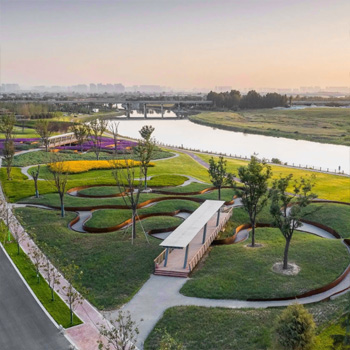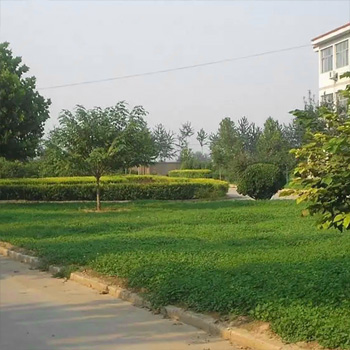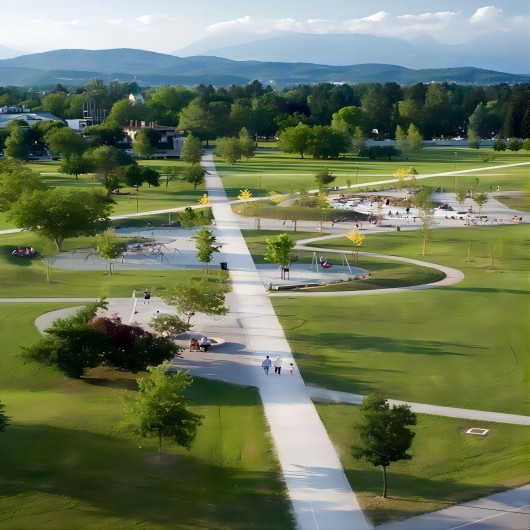Corresponding to green buildings, “green landscape” refers to any landscape that coordinates with the ecological process and minimizes the damage to the environment as much as possible. The ecological design of the landscape reflects a new dream of human beings, a new aesthetic concept and value: the true cooperative and friendly relationship between man and nature.
In theory and practice, it includes: locality, protection and conservation of natural capital. Letting nature do its work is the purpose. The specific measures include the utilization of rainwater, the application of native plants and materials, and the utilization of natural wind, water and light. It is also need to try to avoid the use of chemicals and pesticides.

Ecological design
“Design” is the conscious shaping of matter, energy and processes to meet anticipated needs or desires. Design is the link between nature and culture through material energy flow and land use. Ecological design provides us with a unified framework to help us to re-examine the design of landscapes, cities, buildings, and people’s daily life styles and behaviors. Simply say that ecological design is the effective adaptation and integration of natural processes, which requires a comprehensive measurement of the impact of design approaches on the environment.
Let Nature Do the Work
The natural ecosystem is endless and tireless, providing various conditions and processes for maintaining human existence and meeting its needs.
No waste actually exists in the nature.
No healthy ecosystem has a complete food chain and trophic level, and the litter in autumn is the nutrition for the growth of new life in spring. Litter removal in parks actually cuts off a closed loop in nature. In the maintenance and management of urban green spaces, turning waste into nutrition, such as returning branches and leaves to soil, returning surface water to supplement groundwater, etc., is the most direct application of ecological design.
Reveal Nature
Just as natural processes are hidden from the public eye in traditional design, so too are the support systems of urban life often obscured. Sewage treatment plants, landfills, power plants, and substations are consciously concealed as objects of ugliness. The disappearance of natural landscapes and processes, as well as the structures and processes of urban life support systems, makes it impossible for people to care about the current situation and future of the environment. People have no way of caring about the current situation and future of the environment and it is impossible to talk about the concern for the environment and ecology and restraint in daily behavior. Therefore, in order to allow everyone to participate in the design and care for the environment, it is necessary to re-display the natural process, so that urban residents can once again feel the surge of the stream after the rain, and the surface runoff converges in the pond.

What can we contribute?
We can provide better landscape drainage solutions and promote effective irrigation in the eco landscape.
Rainwater is ready for reuse after water collection process. During the process, irrigation of landscaping strips doesn’t need to use drains or irrigation pipes. With the help of water-conducting strips, rainwater is transported directly to the root zone of the landscape strip, while keeping it away from evaporative heat sources and direct sunlight, resulting in savings of up to 50 percent in irrigation costs compared to traditional sprinkler irrigation techniques.
With great compressive strength, HOENSOEY geocellular units store rainwater near ground surface, making passive irrigation easy and ensuring that plants remain in optimal condition even during drought.
Not only HOENSOEY geocellular unit is a good choice as the landscape drainage solutions, but also it is a idea for eco-landscape irrigation.

